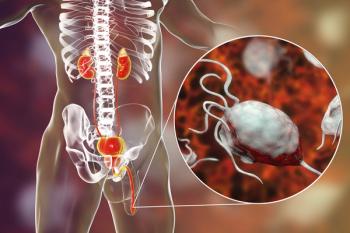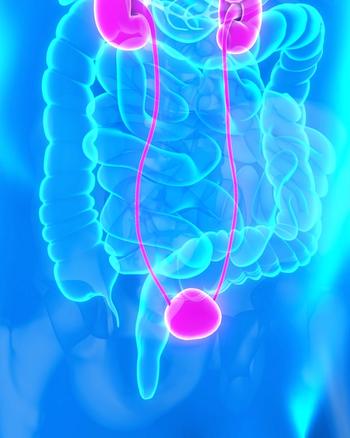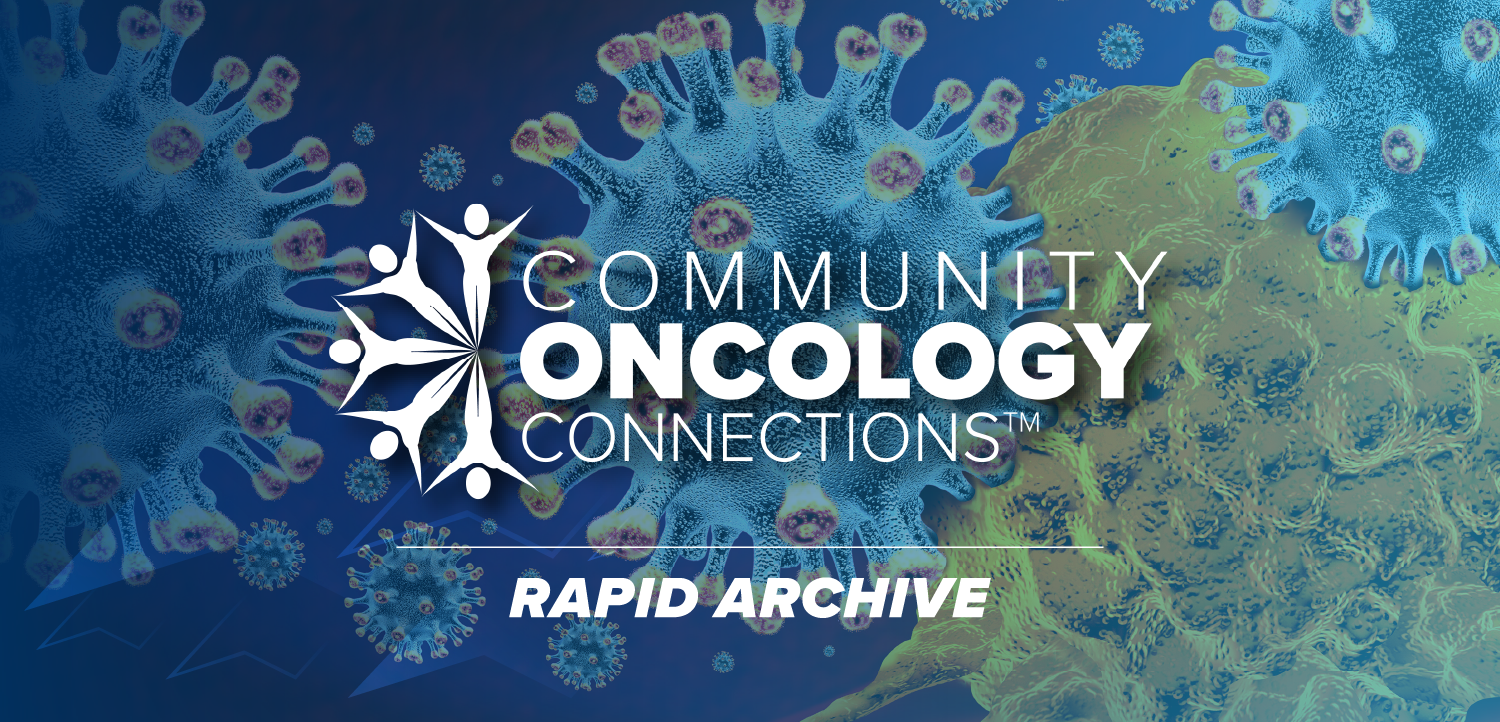
Developer Submits Premarket Approval Application for TTFields in Pancreatic Cancer
TTFields plus chemotherapy significantly prolonged overall survival compared with chemotherapy alone in patients with pancreatic cancer.
A premarket approval application (PMA) for tumor treating fields (TTFields) in the treatment of patients with locally advanced pancreatic cancer has been sent to the FDA by the developer, according to a press release from Novocure.1 Novocure expects an approval decision in the second half of 2026.
The PMA for TTFields in pancreatic cancer was submitted as a PMA panel-track supplement to Optune Lua, a wearable treatment device currently indicated for non–small cell lung cancer (NSCLC). The PMA is anticipated to be converted to a separate, original PMA for pancreatic cancer.
Previously, TTFields was granted approval by the FDA in
Supporting results for the pancreatic cancer PMA came from
Updated results from the trial were shared at the
The TTFields therapy elicited a median overall survival (OS) of 16.2 months (95% CI, 15.0-18.0) vs 14.2 months (95% CI, 12.8-15.4) with gemcitabine plus nab-paclitaxel alone (HR, 0.82; 95% CI, 0.68-0.99; P = .039); the 1-year survival rate was 68.1% (95% CI, 62.0%-73.5%) vs 60.2% (95% CI, 54.2%-65.7%), respectively (P = .029).
In the modified intention-to-treat population of patients who received 1 or more treatment cycles, the median OS was 18.3 months in the experimental arm vs 15.1 months in the control arm (HR, 0.73).
There was no significant difference in local progression-free survival (PFS) observed. The median PFS was 10.6 months (95% CI, 9.2-12.2) in the experimental arm vs 9.3 months (95% CI, 7.6-11.1) in the control arm (HR, 0.85; 95% CI, 0.68-1.05; P = .137); the 1-year PFS rate was 43.9% (95% CI, 36.9%-50.6%) vs 34.1% (95% CI, 27.1%-41.2%), respectively (P = .026).
The pain-free survival was significantly prolonged, with a median of 15.2 months (95% CI, 10.3-22.8) with TTFields and 9.1 months (95% CI, 7.4-12.7) with gemcitabine plus nab-paclitaxel (HR, 0.74; 95% CI, 0.56-0.97; P = .027).
The overall response rate (ORR) was 36.1% (95% CI, 30.0%-42.4%) vs 30.0% (95% CI, 24.3%-36.2%), respectively (P = .094).
“The submission of our application is a key step in our efforts to advance tumor treating fields therapy as a treatment option for patients living with pancreatic cancer,” Ashley Cordova, CEO of Novocure, said in the press release.1 “This milestone, achieved 9 months after the positive top-line readout of the PANOVA-3 trial, reflects the focus, drive, and commitment of our team to bring this innovative treatment to patients as quickly as possible.”
A total of 571 patients were randomly assigned to receive either TTFields with gemcitabine and nab-paclitaxel (n = 285) or gemcitabine and nab-paclitaxel alone (n = 286). TTFields were given at 150 kHz via the NovoTTF-200T System, with a recommended average usage of 75% or more for 18 hours or more a day; array placement was adapted to individual patients, replaced 2 to 3 times a week, and shifted around 2 cm to prevent skin reactions. Nab-paclitaxel was given at 125 mg/m2 via intravenous infusion once daily and followed by 1000 mg/m2 of gemcitabine via intravenous infusion on days 1, 8, and 15 of every 28-day cycle.
Eligible patients were 18 years or older with previously untreated, unresectable, locally advanced, and biopsy-confirmed pancreatic adenocarcinoma who had 3 months or more of life expectancy and an ECOG performance status of 0 to 2. Those with implantable electronic medical devices in the torso or known severe hypersensitivity to medical adhesives, hydrogel, or one of the used chemotherapies were excluded from the trial.
The primary end point of the trial was OS. Secondary end points included PFS, local PFS, 1-year survival rate, pain-free survival, ORR, and safety.
Regarding safety, adverse effects (AEs) were experienced by 97.8% of the experimental arm and 98.9% of the control arm; grade 3 or higher AEs were experienced by 88.7% and 84.3%, respectively. The most common grade 3 or higher AEs were neutropenia (47.8% vs 47.6%, respectively), anemia (21.9% vs 22.3%), leukopenia (17.2% vs 15.4%), and thrombocytopenia (14.2% vs 11.7%).
AEs led to device discontinuation in 8.4% of the TTFields arm as well as chemotherapy discontinuation in 17.2% of the TTFields arm and 15.8% of the control arm. Serious AEs led to death in 6.2% vs 5.9%, respectively.
References
- Novocure submits premarket approval application to FDA for tumor treating fields therapy in locally advanced pancreatic cancer. News release. Novocure. August 20, 2025. Accessed August 21, 2025. https://tinyurl.com/mvckpzcf
- FDA approves Novocure’s Optune Lua for the treatment of metastatic non-small cell lung cancer. News release. Novocure. October 15, 2024. Accessed August 21, 2025. https://tinyurl.com/dszjunun
- Babiker HM, Picozzi V, Chandana SR, et al. Tumor treating fields with gemcitabine and nab-paclitaxel for locally advanced pancreatic adenocarcinoma: randomized, open-label, pivotal phase III PANOVA-3 Study. J Clin Oncol. 2025;43(21):2350-2360. doi:10.1200/JCO-25-00746
Newsletter
Stay up to date on recent advances in the multidisciplinary approach to cancer.






















































































